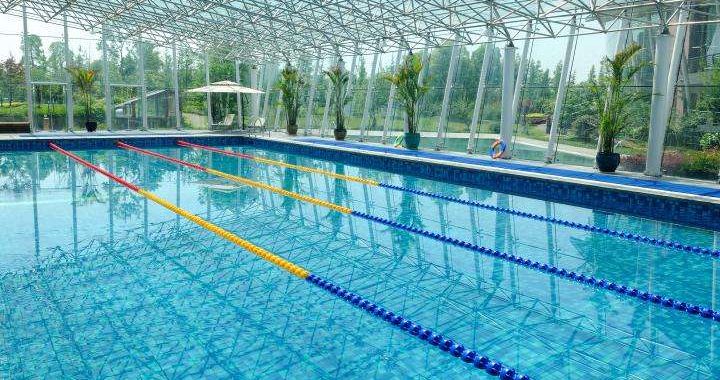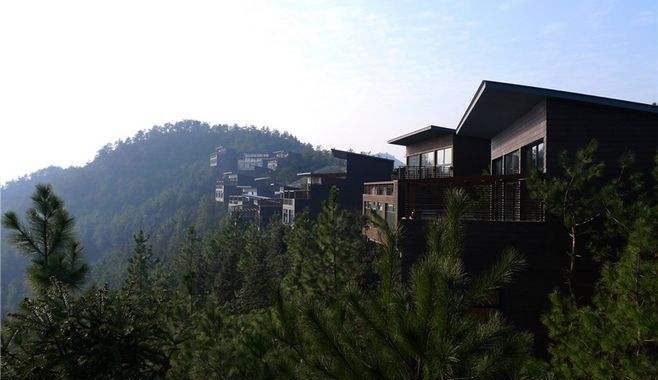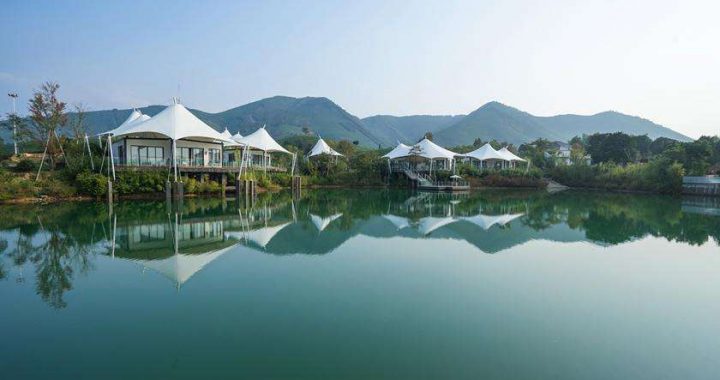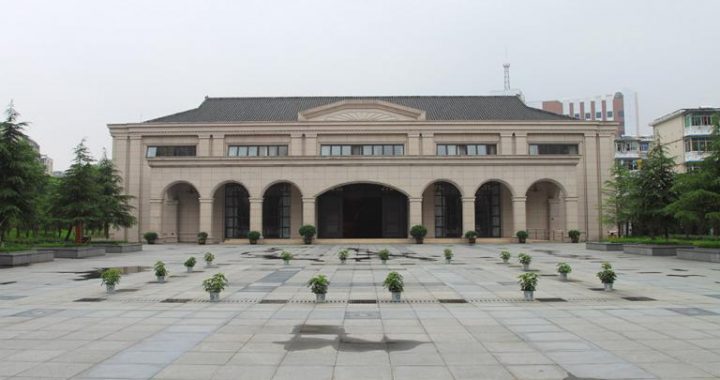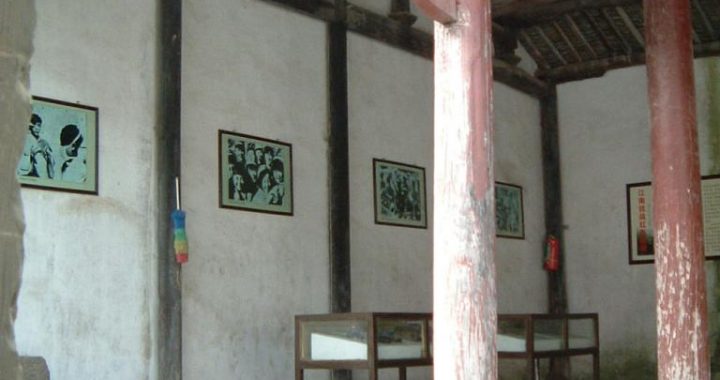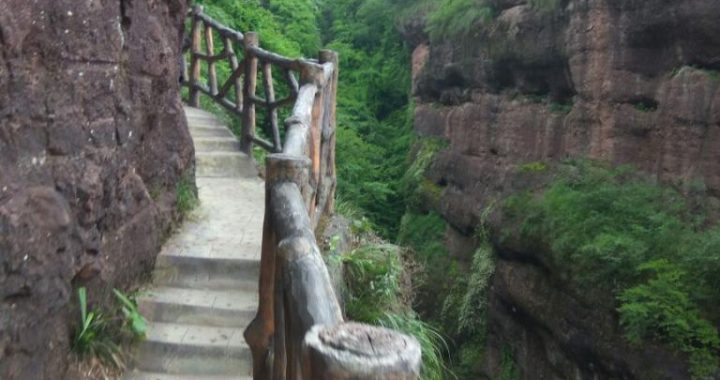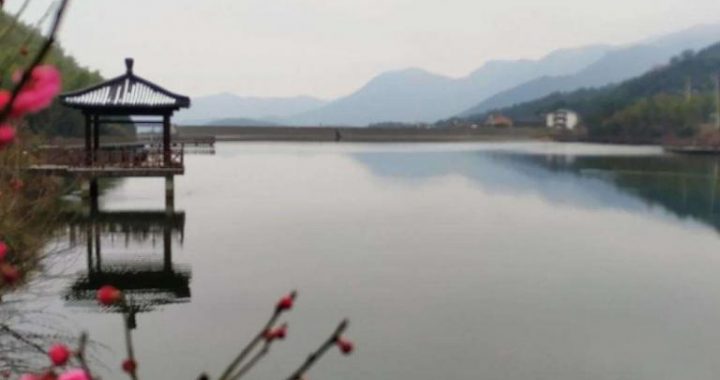Former Residence of Zhang Shiming
8 min readThe old residence is also called “Yi De Hall”. It was constructed byZhang Junheng, the eldest grandson of millionaire Zhang Songxian who was called one of “Four Elephants”in Nanxun between the 25th year to the 31st year of Emperor Guangxu(1889-1906). The residence occupies an area of 4,792 square meters, and the floor space totals 6,137 square meters.

The whole residence is a combination of typical layout of the traditional architecture in southern China and the western architecture style from the French Reniassance. These classic buildings are skillfully crafted reflecting the owner’s close communication and relation with the European society, economy, culture and art of the late 19th century. It is honoured to be the biggest cross-cultural private residence in southern China. Getting through its rooms, courtyards, and grand halls with elaborate decoration, tourists are fascinated by its stone carvings, brick carvings, wood carvings, grotesque stones, steles, and those exquisite heads of doorways.
Zhang Junheng(1871-1927), styled Shiming, also known by his literary name”Shiyuan Zhuren”(Garden Master), was born in Nanxun. He took part in the imperial examination and succeeded in the 20th year of Emperor Guangxu (1894). Apart from inheriting skills in the salt business, he opened Shenda Money House and set up the Southeast Trust Company in Shanghai to carry out the transaction of business such as raising funds, pooling money, stock trading, salt sales, real estate sales and other dealings.
Zhang Junheng was not only smart in doing business, but also had a superior taste in art. He took great interests in ornaments, stones, books, and paintings. His literacy name”Shiming”just originates from that. His hobbies and loves brought more opportunities for him to keep close contact with celebrities and liberators in the late Qing Dynasty and the early Republic of China, such as Wu Changshuo, Zhen Xiaoxu, Ding Fuzhi, and Mao Fuan. He was the founder and sponsor of the”Xiling Seal-Engraving Society”in Hangzhou, and as well as one of the four biggest bibliophiles in Nanxun with a collection of books over 100,000 volumes.
The magnificent residence looks elegant and ingenious. All the rooms that added up, including the living rooms, bedrooms, studies, halls in the bungalows and in the two-storey buildings reach to about 150. Each house has its own architectural style, and a passageway to connect with other houses naturally. In order to embellish the arches of doorways, porches, lintels, columns, walls, cross beams, frames of windows and heads of gates, great numbers of fine stone and wood materials, such as china-bricks, glazed tiles and carvings were used in those buildings. The carving skills and the wonderful design vividly reflect the essence of the architecture in the late Qing Dynasty.
Striding over the thick thresholds and stepping into the rooms, halls, and courtyards, tourists will find that the interior decorations are so exquisite. It is amazing that a two-storey house in Baroque style just stands opposite to the small yard paved with traditional Chinese bricks on the ground. They present a sharp contrast. Especially, the lattice windows decorated with colored glass in tracery are more striking. Granite sidesteps, Baroque columns, semi-circle veranda with casting-iron rails, French slabstone window-sills, French crystal blue glass carved with flowers, adjustable shutters, well paved ground with exotic colourful ceramic tiles, even a luxury dancing ball with a cloak room and a dressing room for ladies are all finely constructed with superior workmanship. The fashionable life and architectural design gave the residence more flavour of westernization.
It was rarely seen among the local residences in the early 20th century of China.
The layout of the residence can be generally divided in two parts, either the north and the south or the front and the rear. According to the former division, the main characteristics of houses on the northern side have graceful decoration with elegant wood carvings on windows and doors, and the stone carvings with the taste of primitive simplicity. The distinguishing features of the houses on the southern side are imposing and pleasantly neat, and the main gates open southwards and each house has a sunny exposure.

As for the later division, the front residential buildings keep the traditional Chinses style of construction,and the rear part of the residence presents the style of Western Europe construction in 18th century.
Passing through the gate entrance,tourists arrive at“Jiao Ting”(sedan hall).“Jiao Ting”in ancient times was a place for the sedan-chair stopping.
Generally speaking,as the polite manner for visitors in Chinese custom,guests should get down from the sedan-chair at this place.That was out of the consideration for the host,and showed guests’respect.Tourists can also find two small yards behind the hall.These two small yards took great effect for getting much light and fresh air in ancient architecture,where the members of the family often basked in the sunshine in winter,and enjoyed the cool in the open air at summer night.Tourists might be attracted by four stone-carved drawings that are separately inlaid on the walls of the yards.
One of them is the picture of“Eight Saints Cross the Sea”,and the other three are respectively the three saints of“Fu,Lu,Shou”(happiness,richness and longevity).There is a side door leading to the backyard,which has the function of threading up the hall and the backyard.The lintel of the door is made of fine brick bearing four characters“Si De Zuo ong”(with the meaning of being after the morality for the clan).These words are taken from the inscriptions of the great master,Wu Changshuo.
The residence is named“Yide Hall”out of Zhang’s feeling for his mother.Zhang’s father passed away when he was only a young kid.His mother had to take the responsibility and shouldered the heavy burden of supporting the whole family. Moved by what his mother had done for thefamily, Zhang Shiming was extremely filial towards his mother. When the residence was completed, he paid tribute to the memory of his mother by naming it “Yide Hall”.”Yide”in Chinese is a poetic title used to address a great woman. The words inscribed on the board hanging up on the wallwere written by Zhang Jian(Number One Scholar). This three-room-wide hall used to be the main place for celebrations and funerals of the family.A side door opens to the third yard. Another building with French windows is situated behind the hall. The ground floor was used for entertaining guests by hostress, and the rooms on the second floor were for the womenfolk to use. The windows are glassed with the blue crystal glass in diamond shapethat carries the hand-drawing pattern of flowers and fruits in different seasons. Such a graceful decoration of windows revealed the owner’s nature and pursuit of life in details.
When tourists come to the third row of the residence, they will find a hall called Bajiao Hall. It is so called because of the leaky windows decorated with fine wood carvings in the vivid appearance of banana-leaves.
In the yard, there is a rockery stone named”Eagle Stone”. The shape of the stone gives tourists infinite delight and imagination. It looks like an eagle spreading its wings, and ready to soar up. It is said the stone comes from Yinde, in Guangdong Province. The stone is so rare that it becomes one of the three unique stones in Nanxun Town.
The fourth row presents a totally different sight to tourists. The houseis built in the western-style. The construction materials and adornmentsused here were all purchased in France. The walls are built with carmine bricks, and the roof of the house is also covered with carmine tiles, colored porcelain paintings and porcelain boards are fixed onto the walls. All that reflected owner’s idea of pursuing the western-style design and the refined tastes of life. Before the house, there are two Magnolia grandiflora trees that have been there for more than 200 years, and still in an exuberant growth of branches and leaves.
The rear yard looks like a small garden, where visitors can find some stone tablets and monuments. Zhang Shiming was not only an industrialist, but also a book-collector and antiquarian. He was interested in ancient inscriptions of bronzes and stone tablets, and particularly took great pleasure to collect peculiar stones. He kept in close contact with Wu Changshuo, the master of traditional Chinese paintings and Mao Fu’ an, the master of seal cutting. Some antithetical couplets written by Zhang Shiming on stone are still preserved intact in the Society. He also constructed “Shi Yuan Garden”by the Zhehu River in the western suburb of Nanxun on theformer place of “Fengcao Temple”of Dong Yue, where Dong Yue cultivated himself in solitude after his withdrawing from society during the Ming Dynasty, and the ancient site of “Huangye Terrace”. At that time, the garden was larger than any one of others in Nanxun. The pavilions, towers, and platforms in it were all delicately designed. Among them,”Liuyi Attic”was used to be the place for storing ancient books and inscriptions. Many valuable documents and works were kept there, including the Zhi ZuiEpitaph(East Wei), the Zhi Xian Epitaph(North Qi), the Wang Shoulian Epitaph(Tang), and the original handwriting of the Chibi Verses by Su Shi that is currently preserved in Huzhou Museum.
Owing to wars and other man-made disasters in history, Shi Yuan Garden was absolutely destroyed during the time of Anti-Japanese War.
Most of precious carved stones and tablets are lost or damaged. In the late 1970’s, the locals tried their best to find and collect those historical and cultural relics lost in society. Some were returned and delivered to Huzhou
Museum for further research and protection. Now 87 steles and some treasured scrolls of calligraphy or paintings created by most famous celebrities and masters in Chinese history are kept in Huzhou Museum.
However, some of the manuscripts are scattered in foreign countries, including “Thousands of Words in Standard Cursive Style”by Master Zhiyong, which was taken to Japan during the Tang Dynasty. Although some inscriptions and carvings are imperfect or damaged, they are still very valuable for us. We can find the profound implications from them. They represent the essence of Chinese calligraphy over one thousand years. No matter how the inscriptions and writing styles differ in art from the inner beauty to external form, all demonstrate the perfection of Chinesecalligraphy and have a far-reaching influence to Chinese culture.

